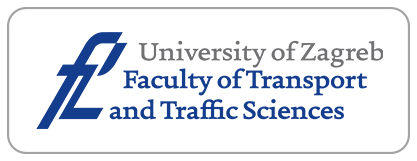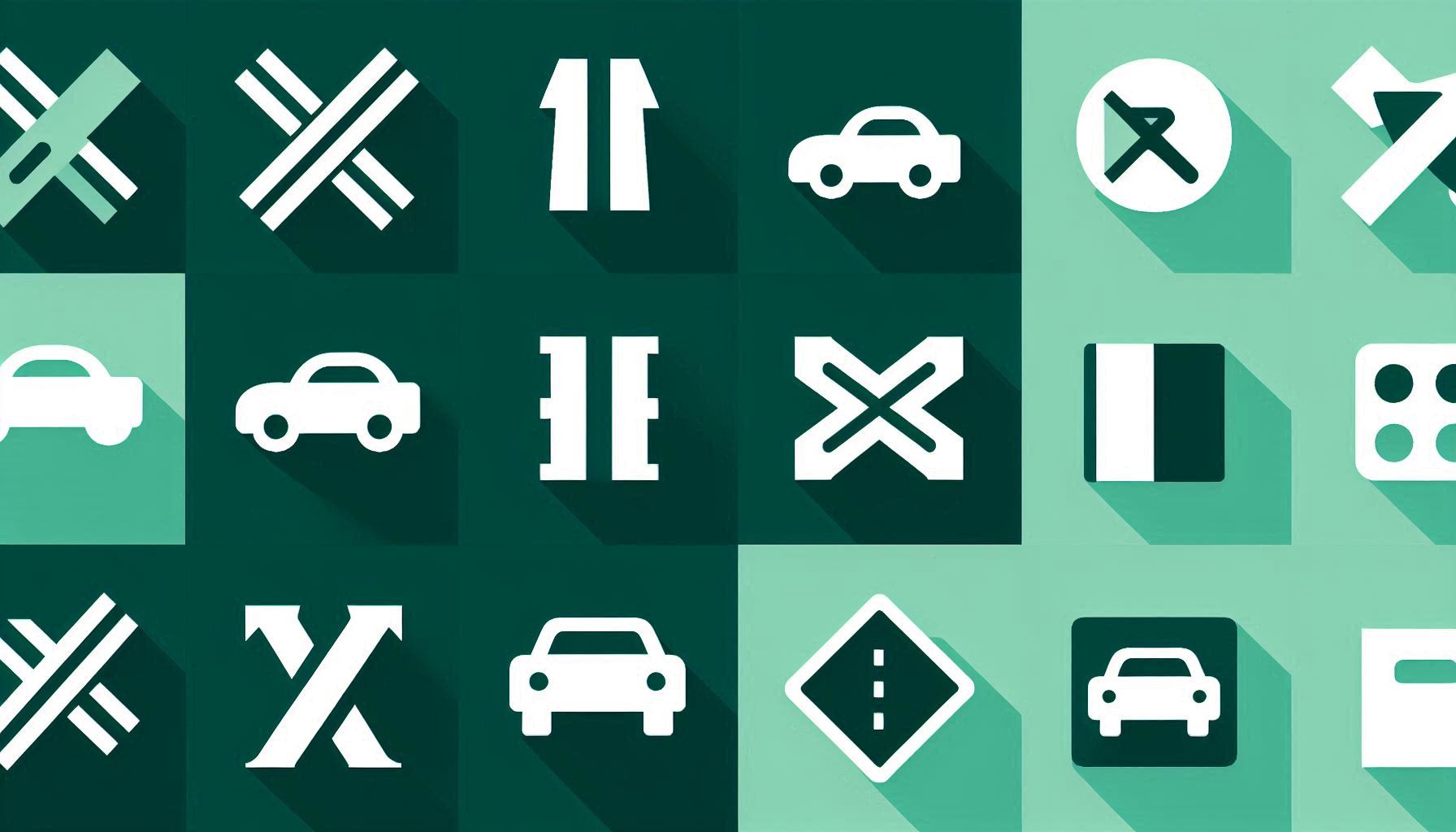Neck Braces and Driving Posture Affect Neck Mobility on Powered Two-Wheelers

Downloads
Cervical spine injuries are a major concern for motorcyclists in traffic accidents and racing competitions. Neck braces aim to prevent cervical spine injuries during accidents by reducing the neck range of motion, and keeping it under physiological limits. This work aims to evaluate the ability of neck braces to reduce neck mobility for two driving postures associated with PTW configurations. The neck mobility of twelve volunteer subjects testing four neck braces on two powered two-wheelers (scooter and racing motorbike) is measured using an optoelectronic motion capture system. With the tested neck braces worn, neck mobility is significantly reduced as compared to the physiological range of motion in all degrees of freedom. However, only flexion/extension is reduced by all neck braces tested. This suggests that these brace designs do not provide protection against all the cervical spine loading directions that may occur in a trauma. Furthermore, specific type of each powered two-wheeler considered significantly affects the neck mobility in axial rotation, as well as the postero-anterior and caudo-cranial translations, thus underscoring the need to consider the driving posture when evaluating neck brace devices.
Downloads
ONISR. La sécurité routière en France - Bilan de l'accidentalité de l'année 2017; 2017.
NHTSA. Traffic Safety Facts-2017 data (DOT HS 812 785). Wash. DC NHTSA’s Natl. Cent. Stat. Anal; 2017.
Ankarath S, Giannoudis PV, Barlow I, Bellamy M, Matthews S, Smith R. Injury patterns associated with mortality following motorcycle crashes. Injury. 2002;33(6): 473–477. DOI: 10.1016/S0020-1383(02)00048-7
Robertson A, Branfoot T, Barlow IF, Giannoudis PV. Spinal injury patterns resulting from car and motorcycle accidents. Spine Phila Pa 1976. 2002;27(24): 2825–30.
Kemper AR, McNally C, Duma SM. The influence of strain rate on the compressive stiffness properties of human lumbar intervertebral discs. Biomed. Sci. Instrum. 2006;43: 176–181.
Crowell RR, Shea M, Edwards WT, Clothiaux PL, White AA 3rd, Hayes WC. Cervical injuries under flexion and compression loading. J Spinal Disord. 1993;6(2): 175–81.
Cusick JF, Yoganandan N. Biomechanics of the cervical spine 4: major injuries. Clin. Biomech. 2002;17(1): 1–20.
Nightingale RW, Bass CR, Myers BS. On the relative importance of bending and compression in cervical spine bilateral facet dislocation. Clin. Biomech. 2019 Apr;64: 90–97. DOI: 10.1016/j.clinbiomech.2018.02.015
Nightingale RW, Camacho DL, Armstrong AJ, Robinette JJ, Myers BS. Inertial properties and loading rates affect buckling modes and injury mechanisms in the cervical spine. J. Biomech. 2000;33(2): 191–197. DOI: 10.1016/s0021-9290(99)00156-6
Pintar FA, Yoganandan N, Voo L. Effect of age and loading rate on human cervical spine injury threshold. Spine Phila Pa 1976. 1998;23(18): 1957–62.
Chinn C et al. COST 327 Motorcycle Safety Helmets; 2001.
Amiri M, Jull G, Bullock-Saxton J. Measuring range of active cervical rotation in a position of full head flexion using the 3D Fastrak measurement system: An intra-tester reliability study. Man Ther. 2003;8(3): 176–9. DOI: 10.1016/s1356-689x(03)00009-2
Audette I, Dumas JP, Cote JN, De Serres SJ. Validity and between-day reliability of the cervical range of motion (CROM) device. J Orthop Sports Phys Ther. 2010;40(5): 318–23. DOI: 10.2519/jospt.2010.3180
Hall T, Robinson K. The flexion–rotation test and active cervical mobility—A comparative measurement study in cervicogenic headache. Man. Ther. 2004;9(4): 197–202. DOI: 10.1016/j.math.2004.04.004
Tousignant M, Smeesters C, Breton AM, Breton E, Corriveau H. Criterion validity study of the cervical range of motion (CROM) device for rotational range of motion on healthy adults. J Orthop Sports Phys Ther. 2006;36(4): 242–8. DOI: 10.2519/jospt.2006.36.4.242
Williams MA, Williamson E, Gates S, Cooke MW. Reproducibility of the cervical range of motion (CROM) device for individuals with sub-acute whiplash associated disorders. Eur Spine J. 2012;21(5):872–8. DOI: 10.1007/s00586-011-2096-8
Yoo WG, Park SY, Lee MR. Relationship between active cervical range of motion and flexion-relaxation ratio in asymptomatic computer workers. J Physiol Anthr. 2011;30(5): 203–7. DOI: 10.2114/jpa2.30.203
Sánchez MB, Loram I, Darby J, Holmes P, Butler PB. A video based method to quantify posture of the head and trunk in sitting. Gait Posture. 2017;51: 181–187. DOI: 10.1016/j.gaitpost.2016.10.012
Lecoublet B, Boisclair D, Evin M, Wagnac E, Petit Y, Aubin C-E, Arnoux P-J. Assessing the Global Range of Motion of the Helmeted Head Through Rotational and Translational Measurements. Int. J. Crashworthiness. 2019; 321–7. DOI: 10.1080/13588265.2019.1593288
Leatt C, De Jongh C, Keevy PA. White paper: Research and development efforts towards the production of the Leatt Brace Moto GPS unrestrained torso neck brace. South Africa: Cape Town; 2012.
Khosroshahi S, Ghajari M, Galvanetto U. Assessment of the protective performance of neck braces for motorcycle riders: A finite-element study. Int. J. Crashworthiness. 2018; 487–498. DOI: 10.1080/13588265.2018.1478937
Meyer F, Deck C, Willinger R. Protection from motorcycle neck braces using FE modelling. Sports Engineering. 2018;21: 267–276. DOI:10.1007/s12283-018-0268-z
Kamergam K, Sapuan SM, Ismail MY, Bahri M, Seetha P. Motorcyclist's Riding Discomfort in Malaysia: Comparison of BMI, Riding Experience, Riding Duration and Riding Posture. Human Factors and Ergonomics in Manufacturing and Service Industries. 2011;23(4): 267–278. DOI:10.1002/hfm.20317
Amrutkar AS, Rajhans NR. Ergonomic posture for motorcycle riding. Conference paper. 2011.
Ospina Mateus H, Quintana AL. Understanding the impact of physical fatigue and postural comfort in the driving of motorcycles: A systematic review. Journal of Transport & Health. 2019;12: 290–318. DOI:10.1016/j.jth.2019.02.003
Robertson SA, Minter A. A study of some anthropometric characteristics of motorcycle riders. Applied Ergonomics. 1996;27(4): 223–229. DOI: 10.1016/0003-6870(96)00007-5
Barone S, Curcio A. A computer-aided design-based system for posture analyses of motorcycles. J. Eng. Des. 2004;15(6): 581–595. DOI: 10.1080/09544820410001731146
Chinn B, Canaple B, Derler S, et al. COST 327 Motorcycle Safety Helmets. European Co-Operation in the Field of Scientific and Technical Research; 2001.
Ooi SS, Wong SV, Radin Umar RS, Azhar AA, Megat Ahmad MMH. Cervical spine injuries sustained by motorcyclists in road crashes in Malaysia. Int. J. Crashworthiness. 2005;10(3): 295–303. DOI: 10.1533/ijcr.2005.0348




















